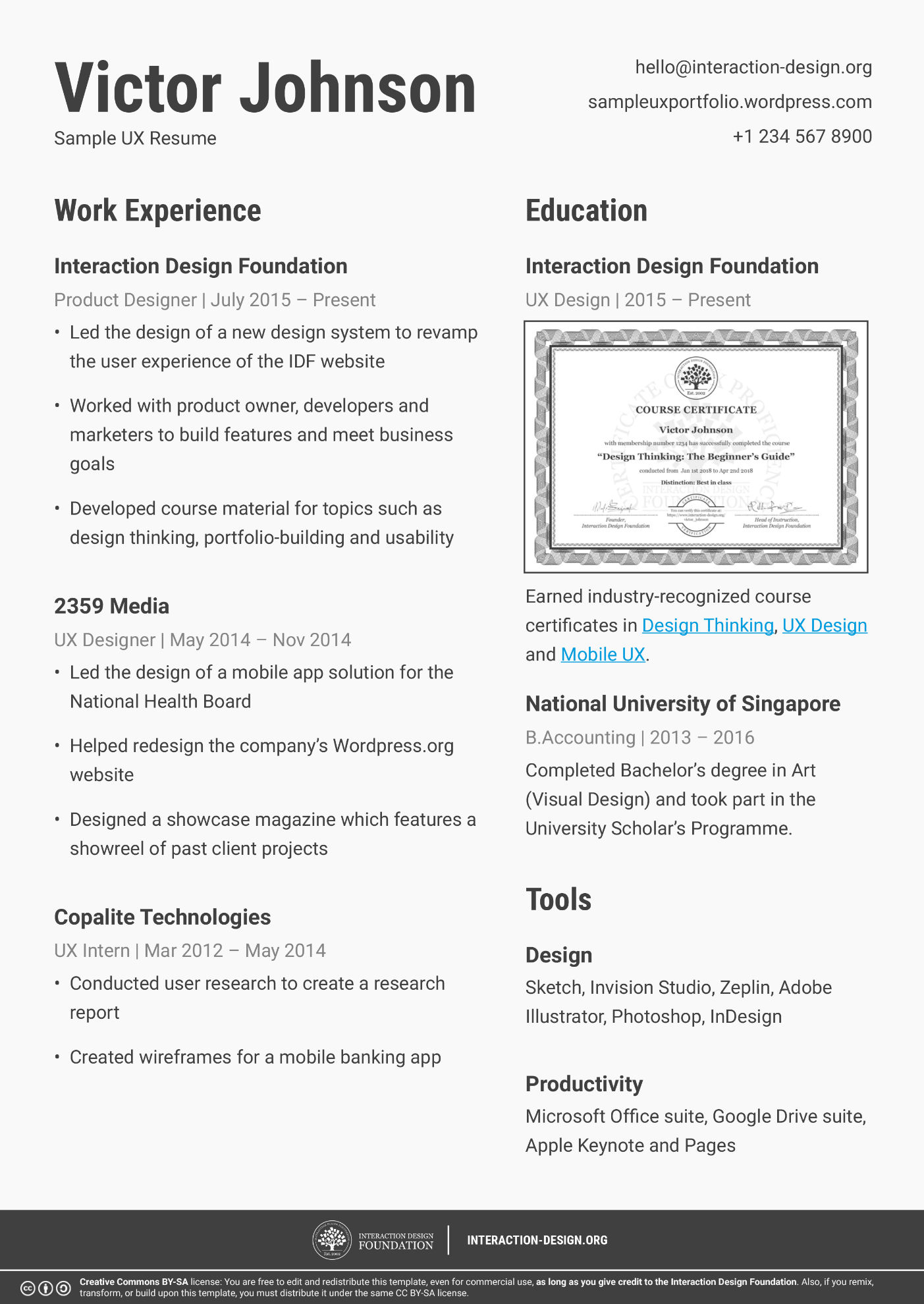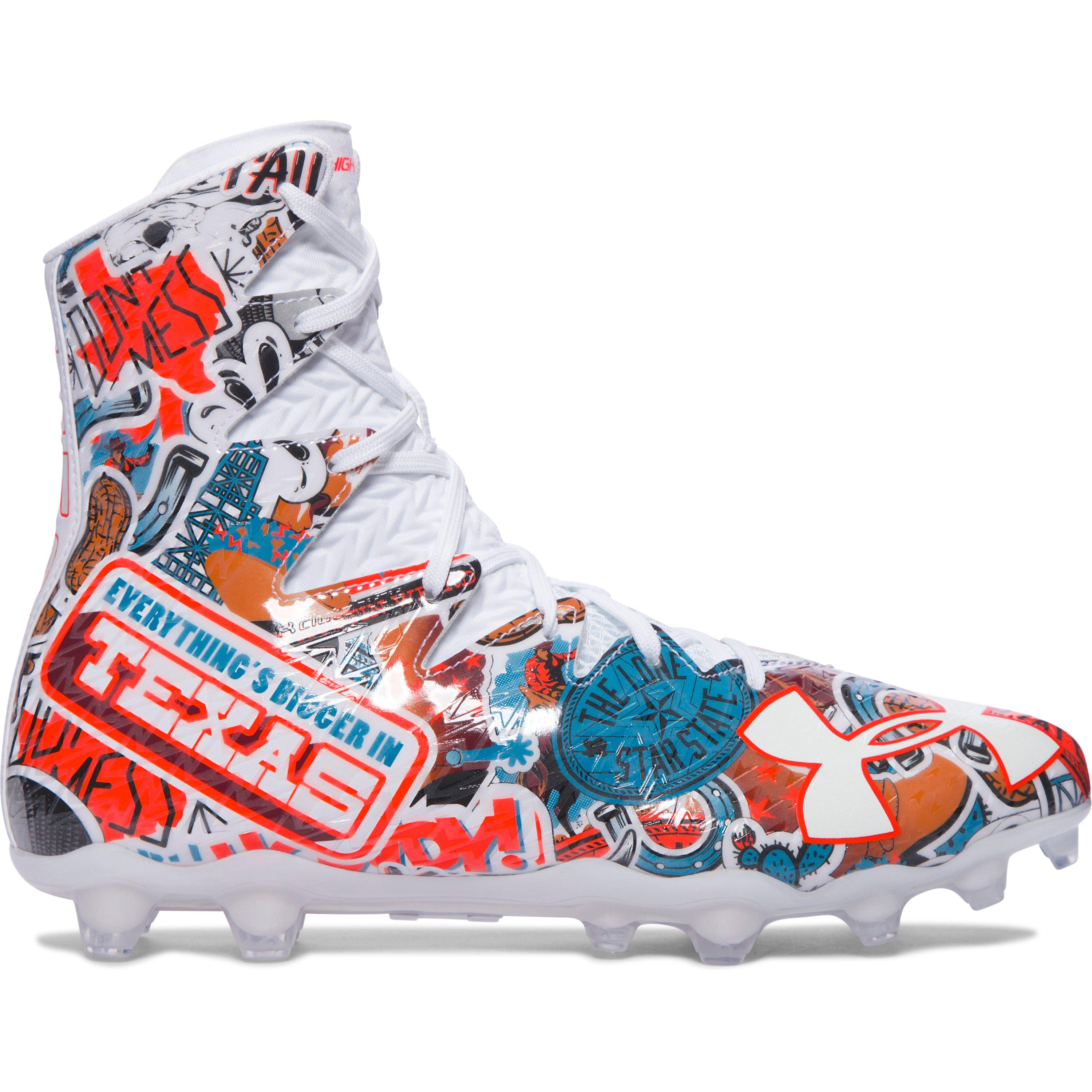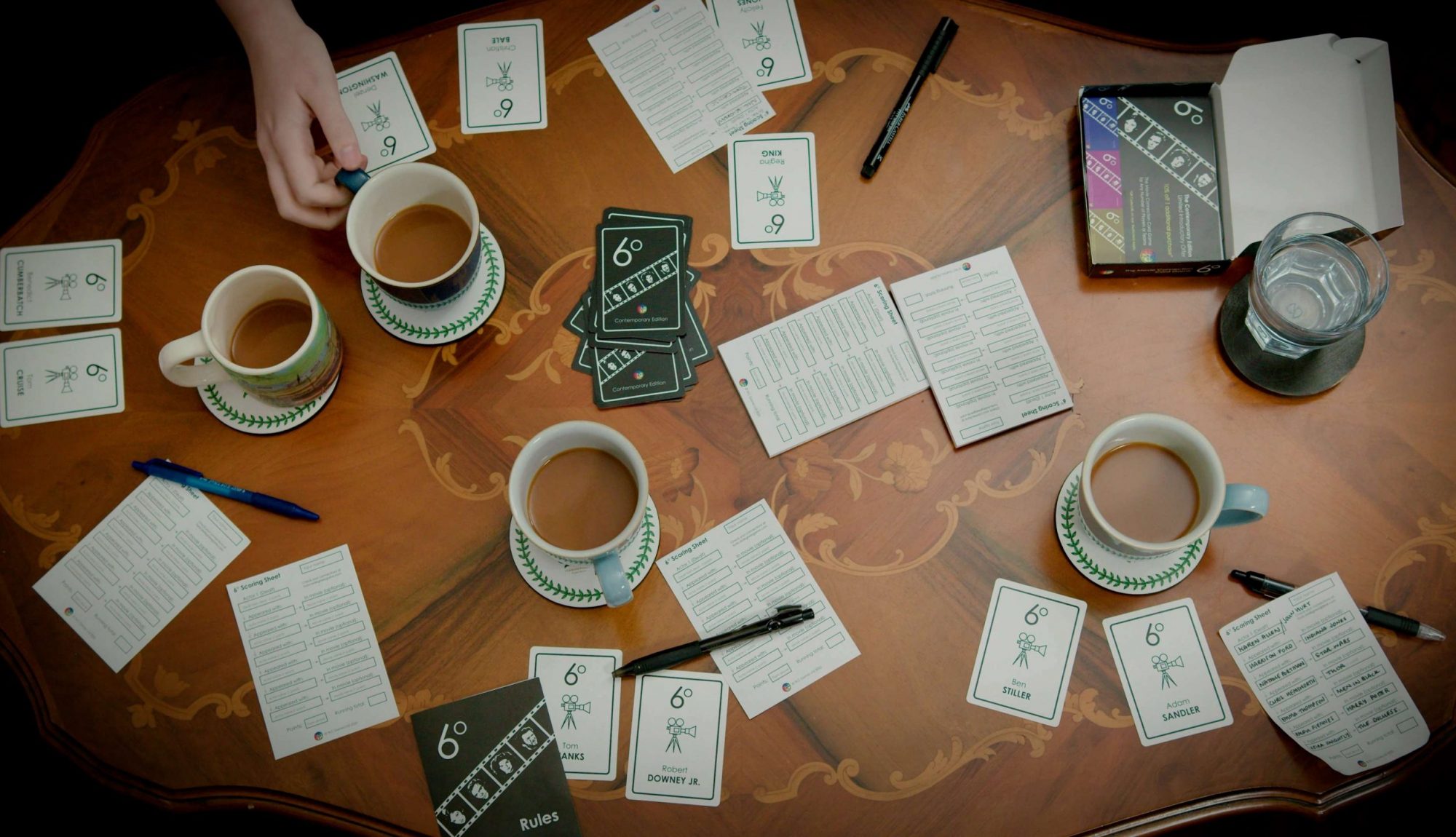Table Of Content

Morris believed that the mechanization of the industrial period had diminished the quality of craft work, and he urged a return to a Medieval model of artisanship. For whatever reason, this movement for the independence of design was strongest in the German speaking world and the English speaking one. For a snapshot of its effects in the early 20th century, we can consider one English movement, the Arts and Crafts, and one German one, the Jugendstil (or “youth style”). Many of these features have become so prevalent in design that we no longer think of them as distinctively Swiss. To get a sense of how distinctive they were at the time, however, let’s consider two American advertisements from the period—one pre-Swiss Design, one post-Swiss Design. Indeed, for many people, Swiss Design is basically synonymous with Helvetica—the very name of which in fact means “Swiss” (in Latin, Switzerland was the Confederatio Helvetica)—which was designed in 1957 and hit the market in 1960.
Art and Exhibit Catalog / Lookbook Template (INDD, IDML)
It’s not just a style; it’s a philosophy where simplicity meets precision, and every line serves a purpose. Everything that defined the International Typographic Style began with a grid. By carefully placing text flushed left, designers could have organized and legible information.
Charles and Ray Eames
These guys weren’t just designers; they were educators, shaping the minds of future generations. Swiss Design isn’t just about looking cool; it’s a mindset, a way of solving problems through design. Imagine stepping back in time, right to the moment when Swiss Design started shaping up. It’s a reaction, you know, to the fancy curves of the Arts and Crafts movement, German Jugendstil, and French Art Nouveau. Let us know if you're a freelance designer (or not) so we can share the most relevant content for you. Over in Basel, Armin Hofmann was exploring a similar but nonetheless distinctive approach.
Most influential architects
The format of the journal represented many of the important elements of the style—visually demonstrating the content—and was published internationally, thus spreading the movement beyond Switzerland's borders. Magazines placed more emphasis upon graphic design during the postwar period. Alexey Brodovitch, the art director of Harper’s Bazaar from 1934 until 1958, pioneered a new approach to magazine design. The beauty of Brodovitch’s designs was enhanced by the impressive team of collaborators at Bazaar, which included photographer Richard Avedon.
Grid Systems
"By composing activity areas to facilitate various activities – from art performance to hydrotherapy – the retreat aims to offer both mental and physical stimulation. "The design philosophy follows the metaphor offered by tiles, a material which can be fragile and easily broken in its singular form, yet is resilient and strong once bonded all together." "The design approach embraces the patients' experiences, allowing them to share, grow and heal. "The site chosen is a 1920s parking garage in Florence, originally designed by Pier Luigi Nervi.

Helvetica
Unity was also maintained through a heavy use of repetition in color and shapes and further emphasized through transformation of the shapes. Layouts tended to be asymmetrically organized on a mathematically constructed grid. The asymmetry gives greater emphasis to whitespace as does the general minimal aesthetic. Swiss designers were after an asymmetrical balance between the positive and negative elements in a design. Perhaps the most well known of the Swiss Designers was Josef Müller-Brockmann who was a designer, teacher, and writer.
Pasadena Showcase House of Design 2024: Step Inside the English Tudor Revival Manse

Swiss designers believe that design should be functional, minimal, and universal, and should communicate its message in a clear and direct way. This principle is one of the core reasons why Swiss Style graphic designers pay so much attention to type. Typeface is one of the most fundamental elements of visual communication that is able to deliver the message in a very precise, clear way.
Type interacts with design, and together, they dance to the rhythm of clarity and precision. Keller was all about breaking norms, pushing boundaries, and thinking outside the box. He was the cool teacher at the Zurich School of Arts and Crafts who told his students to experiment and innovate.
Associated movements
This cross-cultural collaboration blends the unique perspectives of Karimoku’s craftspeople with an international group of designers, presenting new standards in Japanese furniture design. The Swiss design principles have been adopted worldwide, and it has greatly impacted modern typography. Swiss typography is known for its clean, simple, and minimalistic approach. This approach has been widely adopted in modern typography, making it more functional, legible, and accessible. Swiss design is widely recognized as one of the most influential design movements of the 20th century.
His work gives even greater weight to typography and employs striking tonal contrasts. Hoffman held a teaching appointment at Yale University in the mid 1950s, and was instrumental in bringing the Swiss style to the United States. The Arts and Crafts movement in Britain was led by figures like William Morris.
Toys, masks, and other folkloric souvenirs collected from their travels were laid out on tables next to stones, buttons, pieces of bark and favourite books. The British architects, Peter and Alison Smithson, described the house as ‘a cultural gift parcel’. Its fusion of the mass-manufactured and folkloric appeared in the Eames films and graphic projects, like their 1952 interlocking House of Cards game, for which Eliel Saarinen coined the term ‘spiritual function’. Continuing their experiments, they produced sculpture, chairs, screens, tables and even toy animals in moulded plywood.
Swiss Style Now to Kick off this Friday - gcs.gov.mo
Swiss Style Now to Kick off this Friday.
Posted: Thu, 16 Nov 2023 22:41:08 GMT [source]
Bradbury Thompson, a prominent magazine art director, designed a publication called Westvaco Inspirations for a major paper manufacturer from 1938 until the early 1960s. His playful and innovative approach to type and imagery is shown in the design of a spread from Westvaco Inspirations 210 (1958). He explored printing techniques by separating the four plates used to print full-colour images—cyan (a warm blue), magenta, yellow, and black—and having them printed in different positions on the page. He also had engravings from old books enlarged and overprinted in unexpected colours. These experiments were very influential, as they showed a generation of designers new possibilities. By applying these Swiss design principles, designers can create designs that are both aesthetically pleasing and functional.
“I thought, if somebody’s taking care of the baby, they have a space where they can come and feel like it’s a retreat,” Sabatella says. The designer outfitted a door handcrafted in India with a vintage mirror to create a one of a kind headboard and bathed the space in deep emerald green. The glamorous touches continue in the ensuite bath, where Sabatella added a custom mirror-tiled tub that plays off the vintage French tile floor. Designer Lara Hovanessian packed plenty of bold design elements into the powder room and adjacent lounge. A moody House of Hackney floral wall covering lines the dressing area, which leads to a powder room accented with a Kelly Wearstler’s Graffito II from Walnut Wallpaper. A black-and-white triangular mosaic tile floor by Artistic Tile from Mission Tile West puts a contemporary twist on the classic checkered pattern.
His most famous work is the book Die neue Typographie which organised most of the modernist design principles. He went to England in 1947 were he was wired to Penguin Books and directed the creation of the famous Penguin Composition Rules. In a world where clutter is the norm, Swiss design emerges as the Zen master of visual aesthetics. Imagine the crisp air of the Alps distilled into form and function — that’s the essence we’re diving into.













